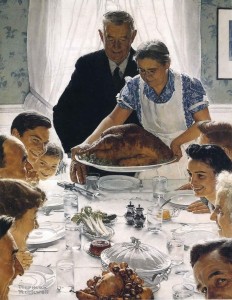Readers Digest on 24 things you might be saying (or writing) wrong
It’s not every day we link to Readers Digest on this blog, but you know, laughter really is the best medicine.
Wait, that’s not what I meant to say. I meant to say that eagle-eyed Bleacher Report front-page editor DeMarco Williams spotted and passed along a helpful piece for writers on the venerable magazine’s website, 24 Things You Might Be Saying Wrong.
An old copy editor like me reads a piece like that and keeps pumping his fist. “Yes! ‘Beg the question’ doesn’t mean what most people think it means. Yes! ‘Try to,’ not ‘try and.’ Yes! ‘Could care less’ means the opposite of what most people who use it mean to say. Yes!”
Hey, you take your thrills where you can find them when you’re an old copy editor. Give it a quick read and see if you learn something.
And because I’m an old American copy editor, I have to advise you to ignore the advice on “that/which,” which I believe is misguided.
Here’s a succinct explanation of the that/which rule on what looks like the website of a law professor named Marc A. Grinker. Taking writing advice from lawyers is often not a great idea, but there are always exceptions.
In a nutshell: Use “that” to introduce a restrictive clause and “which” to introduce a non-restrictive, or parenthetical, clause. Quick cheat: If there isn’t a comma before the word “which,” you probably want “that.”
Exception: You’re British. In that case, I dunno. I think you always want “which,” but perhaps some friends from across the pond can enlighten me.
-
Bennett Miller


